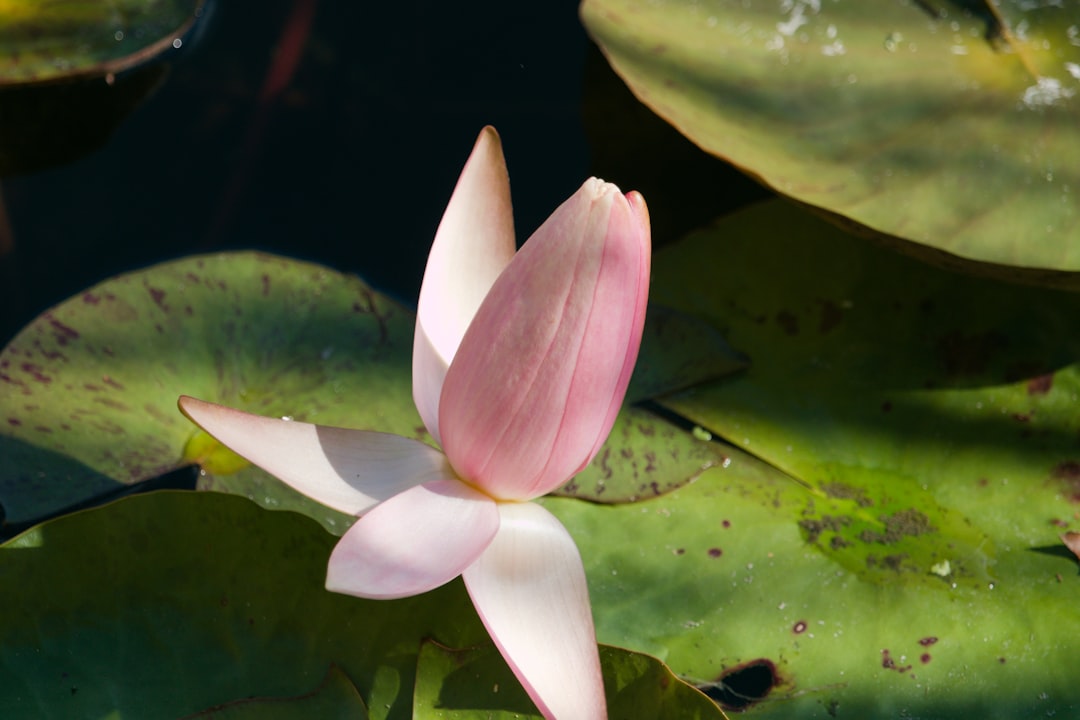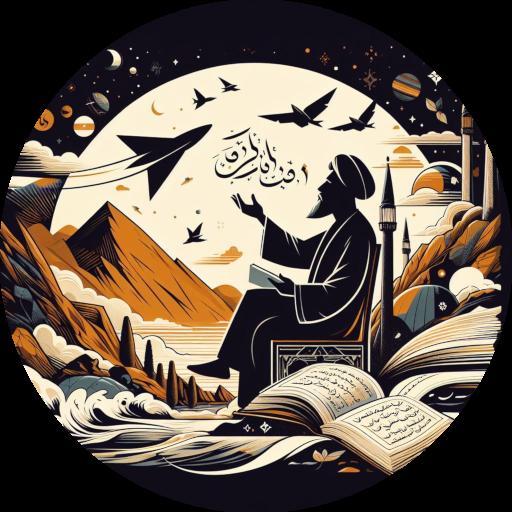In the delicate architecture of a rubai, every word carries the weight of an entire universe of emotion. Abu Saeed Abul Kheir’s verses offer us a glimpse into a night that is at once a celebration and a battleground—a night where love’s gentle embrace transforms both space and spirit, yet leaves behind traces of conflict.
The Rubai
آن شب که مرا ز وصلت ای مه رنگست
بالای شبم کوته و پهنا تنگست
وآنشب که ترا با منِ مسکین جنگست
شب کور و خروس گنک و پروین لنگست
A Tentative Translation
That night, O moon-like beloved, when love united us,
My night became both fleeting in length and confined in expanse.
And that very night, when you waged a tender war with me,
The night turned blind, the rooster misshapen, and Parvin crippled.
(Note: This translation endeavors to capture the bittersweet interplay of union and discord that defines the night.)
Unfolding the Imagery
Abul Kheir’s rubai invites us to dwell in the paradox: a night where the beloved’s touch both liberates and limits. The first couplet suggests that in the glow of union the usual vastness of night shrinks to an intimate, almost claustrophobic space—a testament to how love can make the world recede until only the closeness of two souls remains.
Yet, the second couplet shifts our gaze to a night marked by a “wretched” conflict, where the familiar symbols of the nocturnal—rooster, Parvin (a symbol often tied to beauty and perfection)—are distorted. The transformation of the night into something “blind” and the figures into misshapen echoes the inner turmoil that often accompanies intense love. Here, the battle is not one of physical might but of subtle, emotional forces that leave the heart both scarred and illuminated.
The Rubai Form and Its Magic
The rubai, a quatrain imbued with the spirit of spontaneity and philosophical inquiry, is an ideal form for expressing the transient and mutable nature of love. In just four lines, Abu Saeed Abul Kheir manages to invoke contrasting moods—an ephemeral intimacy and a painful disarray—that resonate with the Sufi longing for union with the divine. His choice of metaphors—comparing the beloved to the luminous moon, and the distorted images of familiar figures—creates a visual tapestry that is as vivid as it is enigmatic.
Concluding Thoughts
In this rubai, we witness how a single night can be both a sanctuary and a skirmish ground, where love’s dual impulses render the world at once tender and tumultuous. Abu Saeed Abul Kheir challenges us to embrace these contradictions—inviting us to see that even in discord, there is beauty, and within every limitation, a deeper liberation.
May these verses remind us that the language of love, in all its shades, is both a balm and a burning flame—an eternal rubai written on the canvas of the night.
Feel free to share your interpretations or your own translations in the comments. Let us celebrate the enduring mystery of the rubai—a form where brevity and profundity dance together in the moonlight.





